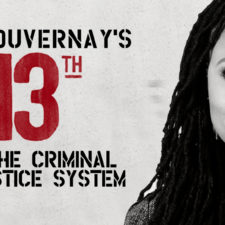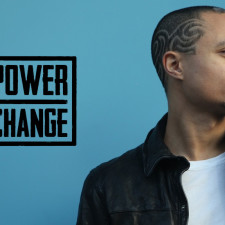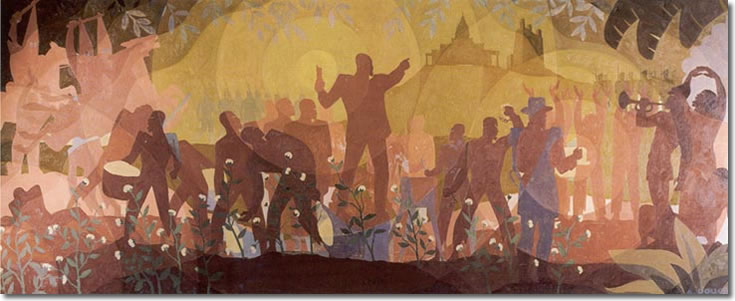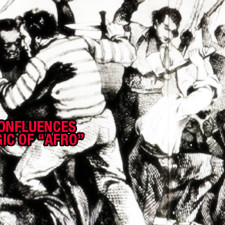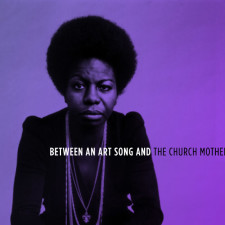Blues music was born in the African American communities in the United States in the late 19th century as an outlet for the downtrodden and oppressed, an escape valve for the sad or disheartened. Blues music, originally ignored by recording studios and the white American public, was a raw, soulful cry that rose from African American communities and quickly influenced musicians of all backgrounds. The Civil Rights movement of the 1960’s impelled a stronger interest in American roots music, and specifically the post-war sound of the blues, with the added inclusion of the electric guitar. African American artists used soul and blues music to voice the injustice of inequality, and to cry out for a long-needed change.
Nina Simone – Backlash Blues
One example is Nina Simone’s Backlash Blues. This 12-bar blues piece opens with an instrumental introduction and includes Nina posing questions to “Mr. Backlash.” This exchange is characterized by a call and response between her and a guitar. In addition to the steady rhythm provided by a guitar, drum, harmonica, and piano, the song has an instrumental solo in the third verse. By returning to the 12-bar blue style, Nina is appealing to the entire African American community to create a united front. She is also implicitly suggesting that the community should draw strength from its rich heritage.
Nina passionately uses blues elements to paint a frustrating picture of racism: “You give me second class houses,/ And second class schools/ Do you think all colored folks/ Are just second class fools?” Yet while she describes her lack of opportunity and her victimization, she raises a civil rights warning: “But the World is Big/ Big and Bright and Round/ And it’s full of folks like me/ Who are Black, Yellow, Beige and Brown,” and ends the song with resonating hope for Civil Rights: “Mr. Backlash, Mr. Backlash,/ Just What do you think I got to lose/ I’m gonna leave you/ With the backlash blues. You’re the one will have the blues not me/ Just wait and see.”
This song is an example of the Civil Rights blues movement that fought against the hegemony of a white, segregated America. The bluesy feel of the song captures the sadness and the pain of inequality, while the African American roots of the genre further empower the message. To this day, there is a struggle to create a more egalitarian world and the work of Nina Simone, as well as other blues and soul artists, has continued to serve as a source of inspiration for modern artists everywhere.
For more examples of the blues, check out the following videos by some blues greats from Sam Cooke to Curtis Mayfield.
Zach Zwarenstein
Nina Simone – Why
Sam Cooke – A Change is Gonna Come
Langston Hughes – The Weary Blues
Curtis Mayfield – Movin’ On Up
Tags: Civil Rights Movement, Curtis Mayfield, Langston Hughes, Nina Simone, Sam Cooke, The Blues

 Share On Facebook
Share On Facebook Tweet It
Tweet It

